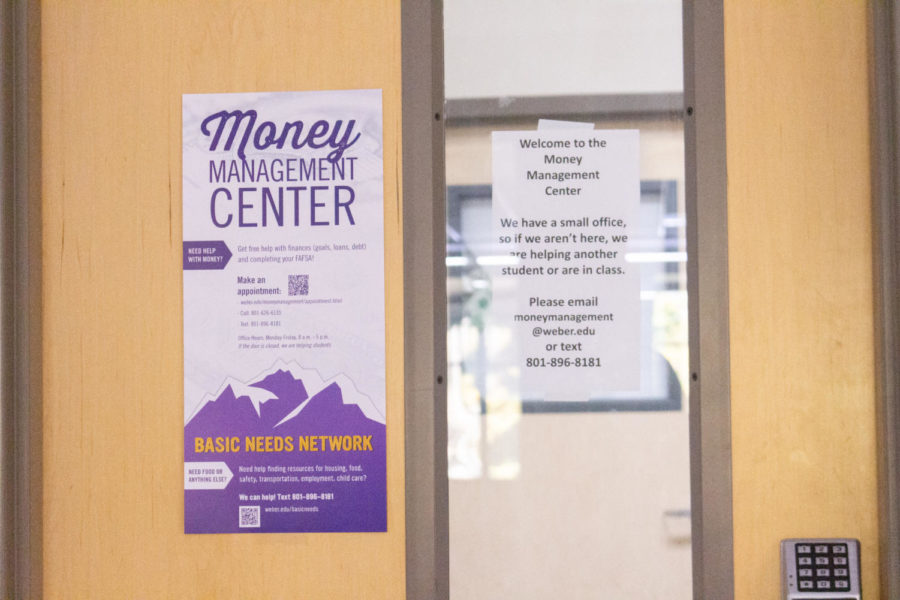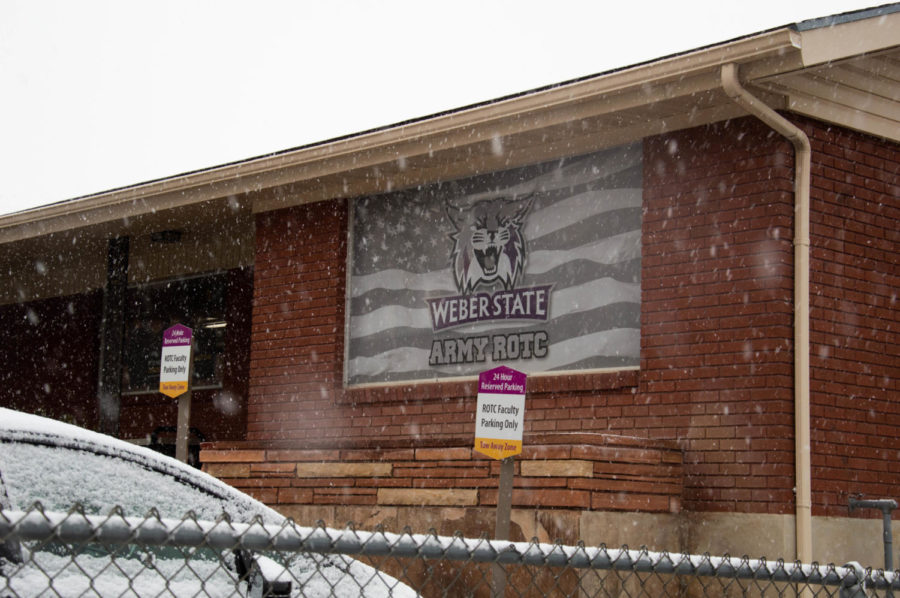Daylight saving time ended this past Sunday, and clocks should have changed back one hour. Daylight saving starts the second week of March and ends the first week of November. During the second week of March, the clocks are changed forward one hour, known as spring forward, and when the first week of November comes around, the clocks change back one hour, known as fall back.
There are many strategies to remembering daylight saving, including phone reminders, calendars, the news and the radio. These resources can all be effective reminders to change the clocks. The rule of thumb is to change the clocks at 2:00 a.m. local time. In spring, clocks spring forward from 1:59 a.m. to 3:00 a.m. In fall, clocks fall back from 1:59 a.m. to 1:00 a.m.
Ian Legrande Cox, a Weber State University sophomore majoring in physics, explained his approach to daylight saving. “I change my watch in the morning, just to make sure that my phone changed appropriately,” Cox said. “My watch gives me something constant that I know is set to non-daylight saving in the morning.”
WSU sophomore Kevin Boyer said, “It’s annoying when it get dark early, but it is also nice for it to get lighter early (since it) helps me get going in the morning.”
Maggie Bartel, an art major, said she doesn’t really care for daylight saving. She is one of the many students at WSU that said she would rather gain an hour than lose one.
Although some students said changing the clocks can be positive, others said the time change causes problems for them.
“I have been early to lots of things, like school last year,” Cox said when discussing problems daylight saving caused him. “I was also late to a funeral. I wouldn’t mind getting rid of it; it would give me an extra hour of sunlight for snowboarding and an extra hour of darkness for sleeping in the mornings.”
Daylight saving does not exist in Arizona and Hawaii, with the exception of the Navajo Nation which participates in the daylight saving time policy,
Although some states are still on daylight saving time, WSU students like Cox said they would prefer to get rid of it altogether.
“I say just let the farmers operate on their own time schedule and leave the rest of us alone,” Cox said. “They can get up at four in the morning if they want and just tell themselves it is five. Not too hard.”








